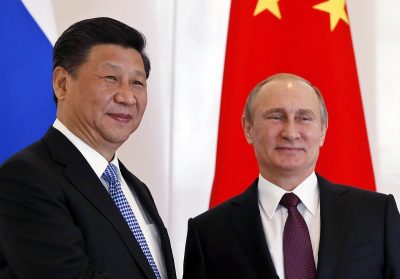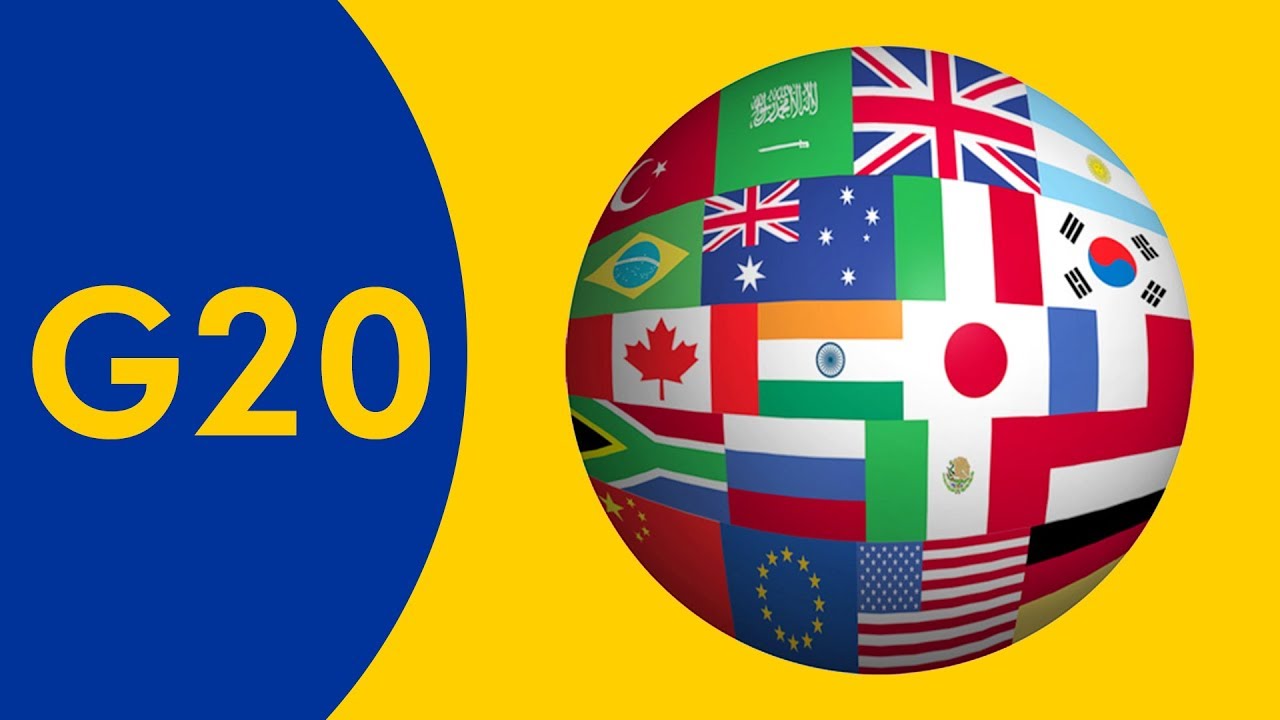Division Versus Unification: G20 Meeting in India

All Global Research articles can be read in 51 languages by activating the Translate Website button below the author’s name.
To receive Global Research’s Daily Newsletter (selected articles), click here.
Click the share button above to email/forward this article to your friends and colleagues. Follow us on Instagram and Twitter and subscribe to our Telegram Channel. Feel free to repost and share widely Global Research articles.
***
Background
Security is tight in India ahead of the G20 summit at the weekend.
The two-day summit aimed to address issues of global concern like economy, food and energy security as well as the war in Ukraine. However, there are divisions at the G20 over those issues, especially the Ukraine war.
That has already raised doubts whether participants would be able to put together a final declaration.
The West, led by the US, wants a clear condemnation of the Ukraine conflict. China and Russia don’t accept that. Plus, leaders from these two countries are not attending the summit.
Instead, the Russian foreign minister and the Chinese premier are scheduled to attend. That makes things harder. Developing countries’ repayment of their debts is another thorny issue in the event.
Leaders of G20 countries gather in the Indian capital, New Delhi, for their annual summit on the weekend. The Group of 20 is an inter-governmental forum made up of the European Union and 19 rich countries.
*
PressTV: What is your take on this rather divided than unified G20 summit?
Peter Koenig (PK): At the outset it looks like the meeting started off on a wrong foot.
 It appears it was designed to divide the already divided world even further – rather than what the world population strives for – a world in harmony and peace.
It appears it was designed to divide the already divided world even further – rather than what the world population strives for – a world in harmony and peace.
For starters, two of the key representatives of the G20 are shining by their absence.
Russia’s President Putin and China’s President Xi Jinping will not attend the Delhi conference, instead, the countries will be represented by their Russian Foreign Ministers and by the Chinese Premier Li Qiang.
Let me just insert a little anecdote on division – isn’t it absurd that the western invented “rules-based order” in the current US tennis open, where the Russian tennis star, Daniil Medvedev, just qualified for the final tomorrow, is not even allowed to play under his country’s flag?
How is it possible that the world population allows a bunch of sick elitists to control the world population?
Back to the G20.
China and Russia are also key representatives of the new BRICS-11. The new BRICS do not even appear to be a key topic for the G20.
Just to remind – the G20 do not have the status even of an international NGO. They are nothing but a loosely assembled group of countries – mostly western countries – who pretend to be the leaders of the world and believe they are calling the shots on world affairs.
As to the G20 Agenda – looks like the key topics to be discussed are Climate Change, Debt, Multinational Corporation Taxation, currency regulation, Food and Energy Security and Sustainability, and Geopolitical Conflict.
The New BRICS do not even appear to be an agenda item.
They seem to be purposefully ignored – but can they be ignored?
This omission might as well be a new “world dividing line”.
Never mind the geopolitical numbers favor the G20 over the BRICS-11 – now.
But this is just a temporary – and fast changing appearance.
- G20 – Population: 4.7 billion (but the G20 include also many of the “old” original BRICS)
- G20 – GDP: about 86% of World GDP (2023 est. US$105 trillion = ~90 trillion)
- BRICS-11 – Population: 3.5 billion (~46% of world population)
- BRICS-11 – GDP: about 30% of World GDP (~ US$ 32.0 trillion)
As many of the BRICS-11 are also members of the G20, keep in mind, the BRICS-11 – next year may potentially increase by another 6 to 8 members.
The G20 is an “assembly” created by the west – without even an NGO status – which is clearly expressed by the controversial and western made world problems (hoaxes, lies and deceits) – reflected by their agenda.
Whereas the new BRICS’s agenda and future is seeking solutions to bring peace and harmony to the world, facilitating free trade without conflicts and – especially – without sanctions.
Trade within a dollar-free monetary system is a key priority of the new BRICS.
The BRICS-11 appears to attempt cooperating with ethics and a sense of freedom, whereas the motives of the G20 – as well as the G7 – are control and submission.
Just take the debt issue which is enslaving the Global South even further, mostly by the IMF, World Bank, and the variety of regional development banks, set up to fill the gaps.
The only sustainable solution is a general debt forgiveness, to bring the world back to an even playing field, to bring a breath of justice and equality into a new multipolar world order.
Although it would be premature to predict the outcome of the summit – the signals given by planning the G20 conference on the heels of the BRICS summit – is tantamount to seeking conflict and division.
*
Note to readers: Please click the share button above. Follow us on Instagram and Twitter and subscribe to our Telegram Channel. Feel free to repost and share widely Global Research articles.
Peter Koenig is a geopolitical analyst and a former Senior Economist at the World Bank and the World Health Organization (WHO), where he worked for over 30 years around the world. He lectures at universities in the US, Europe and South America. He writes regularly for online journals and is the author of Implosion – An Economic Thriller about War, Environmental Destruction and Corporate Greed; and co-author of Cynthia McKinney’s book “When China Sneezes: From the Coronavirus Lockdown to the Global Politico-Economic Crisis” (Clarity Press – November 1, 2020).
Peter is a Research Associate of the Centre for Research on Globalization (CRG). He is also a non-resident Senior Fellow of the Chongyang Institute of Renmin University, Beijing.

